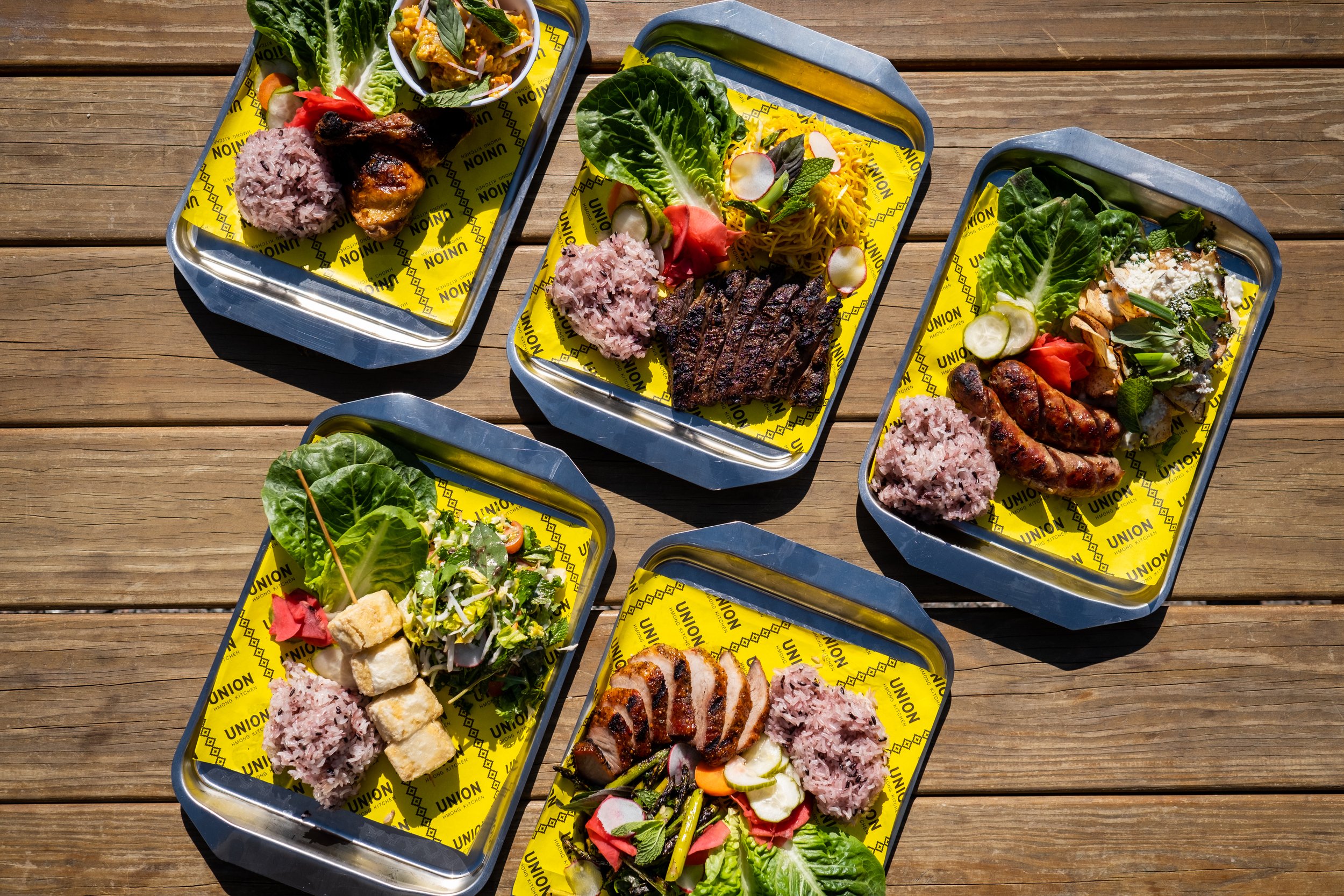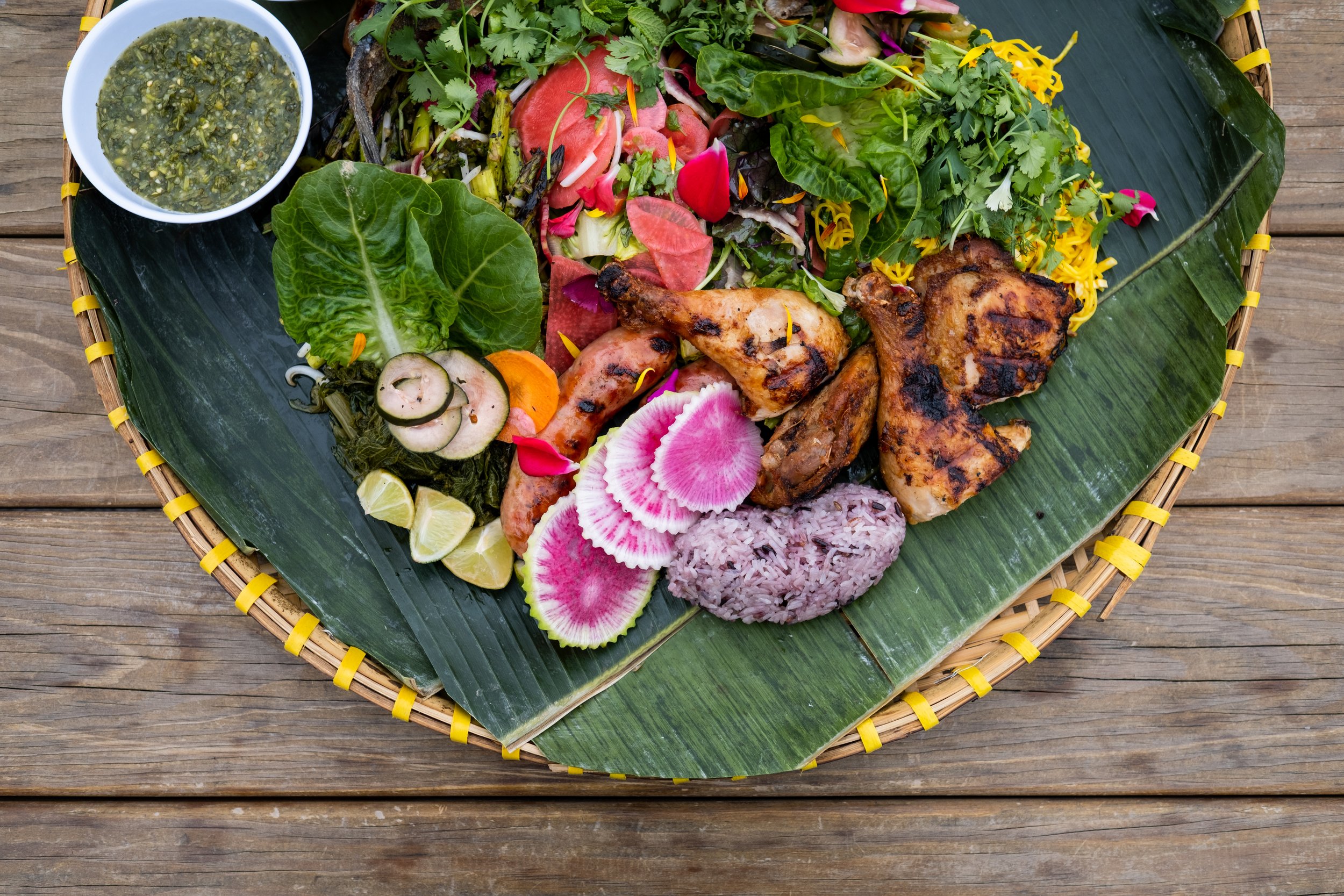Chef Yia Vang has served his acclaimed food from food trucks, pop-ups, and a stand at the Minnesota State Fair. He’s a rising star on the national food scene, but you’ll never hear him describe his creations as “elevated Hmong food.”
“It is built on the backs of the food that we ate as Hmong kids growing up, because that food never got respected because it wasn’t your French or Italian food,” he told Mpls.St.Paul. “So I always say, this food, it’s always been great, but it’s never been respected.”

Foodies outside of Minnesota might have heard of Vang as a James Beard Award finalist, or seen him starring on the Outdoor Channel cooking show Feral. In the state he calls home, Vang made fans with his Union Hmong Kitchen food trailer outside a Minneapolis cidery (now serving from two long-term locations) , but it was his 2022 State Fair stand that made him a household name from Sleepy Eye to Duluth.
“Nonstop lines for State Fair’s first Hmong food vendor,” declared a headline from local TV station KARE 11. Minnesotans of all backgrounds gladly waited in the late summer sun to order Vang’s Hmong sausage, purple sticky rice, and coconut lychee colada.
Along with peers like Sean Sherman, the Oglala Lakota Sioux chef whose Minneapolis restaurant Owamni won the 2022 James Beard award for Best New Restaurant, Vang is part of a new era in Minnesota cuisine — one that’s been a long time coming.
The state is a hub of Hmong American life, with St. Paul having the largest Hmong population of any city in the U.S. The city’s University Avenue corridor is home to numerous Hmong businesses, and Vang correctly bet there would be a broader appetite for the food he grew up eating.
Hilltribe is both the umbrella organization for Vang’s culinary endeavors and a Minneapolis space serving as the chef’s commissary kitchen. The model allows for flexibility and experimentation: “If it’s not working, then we have a new concept coming up in two months,” Vang told Eater Twin Cities.
Those concepts have included a noodle dish pop-up called Slurp and a “forging” project called Mee-Ka. The latter was the Hmong word that Vang’s mother used for the American-style food she sometimes made for her family. As his mother did, Vang incorporated traditional Hmong ingredients and flavors into cheeseburgers and spaghetti dishes.

Mov, a pop-up announced for 2023, was to feature six rice-based dishes. “We come from a culture where when we cook, we make dishes that are small but very flavorful, very full of spice and heat,” said Vang in a statement quoted by Racket. “The rice helps balance out these bold flavors and heat.”
Feral has Vang traveling far and wide to join local hunters in pursuing “crazy creatures that have overstayed their welcome,” according to the show’s website. Having landed the likes of iguanas, hogs, or lionfish, Vang then cooks the fresh game. The show is yet another example of Vang living his belief that food can bring people together.
Vang, who was born in a refugee camp in Thailand, credits his parents for sharing their knowledge of the culture and cuisine of the nomadic Hmong people. “The connection I have with my parents,” the chef told Minnesota Monthly, “was recipes.”
